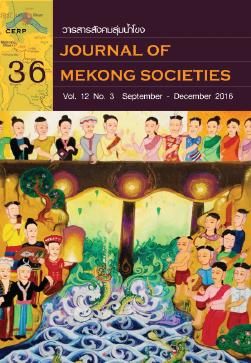The Lancang-Mekong Cooperation (LMC) Viewed in Light of the Potential Regional Leader Theory
Main Article Content
Abstract
This article uses Shintaro Hamanaka’s potential regional leader theory in a case study of the formation of the Lancang-Mekong Cooperation (LMC) by examining the original membership and the membership criteria. The results indicate that the framework can be explained as China’s attempt to create its own group to exert exclusive influence on the Mekong countries by excluding its rival, Japan, from the new initiative as well as by bearing the costs and providing public goods to other members. This conclusion supports the proposed hypothesis derived from the theory.
Article Details
How to Cite
Bunyavejchewin, P. (2016). The Lancang-Mekong Cooperation (LMC) Viewed in Light of the Potential Regional Leader Theory. Journal of Mekong Societies, 12(3), 49–64. retrieved from https://so03.tci-thaijo.org/index.php/mekongjournal/article/view/73313
Section
Articles


